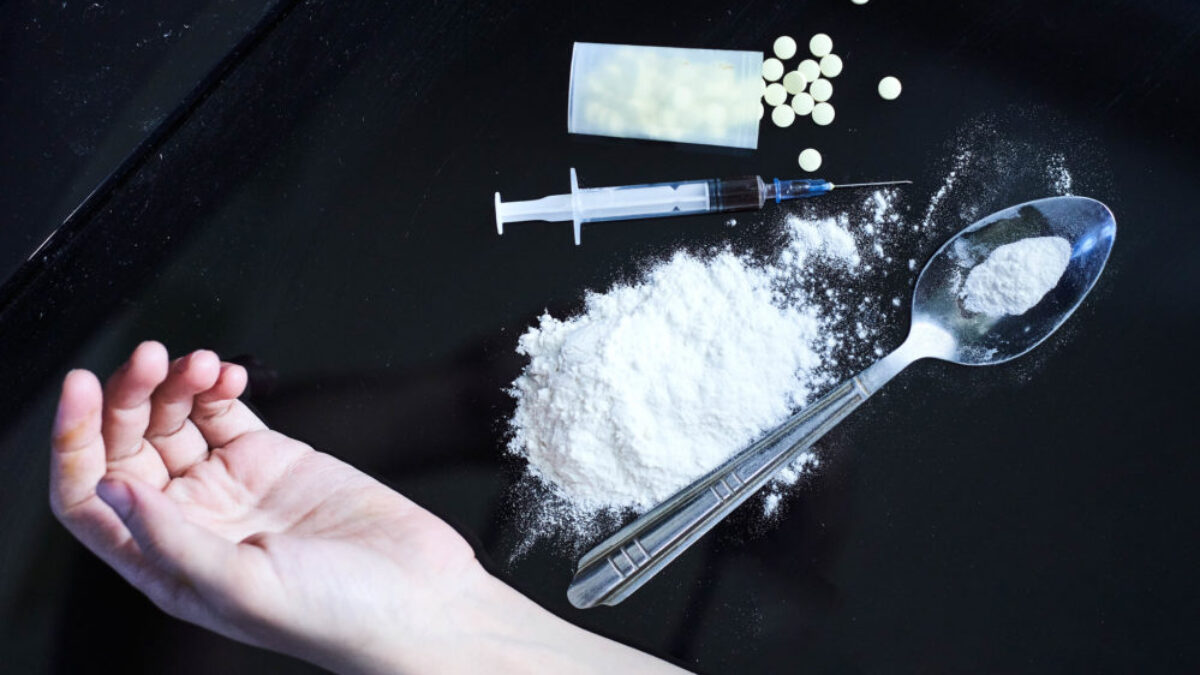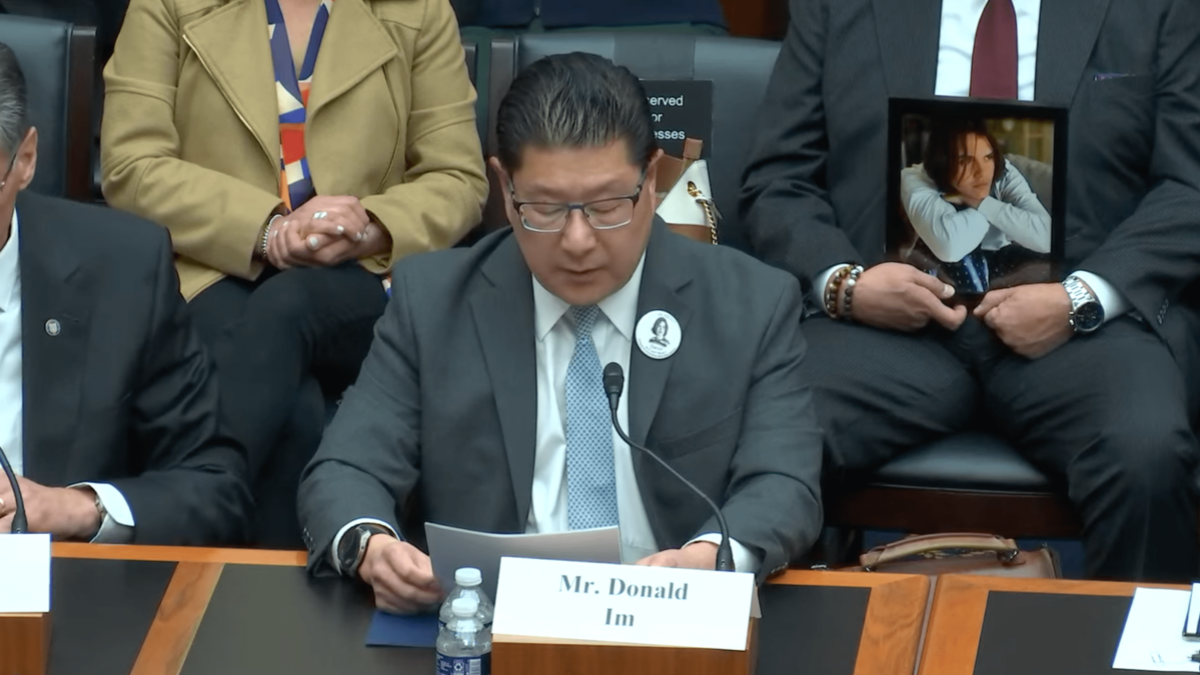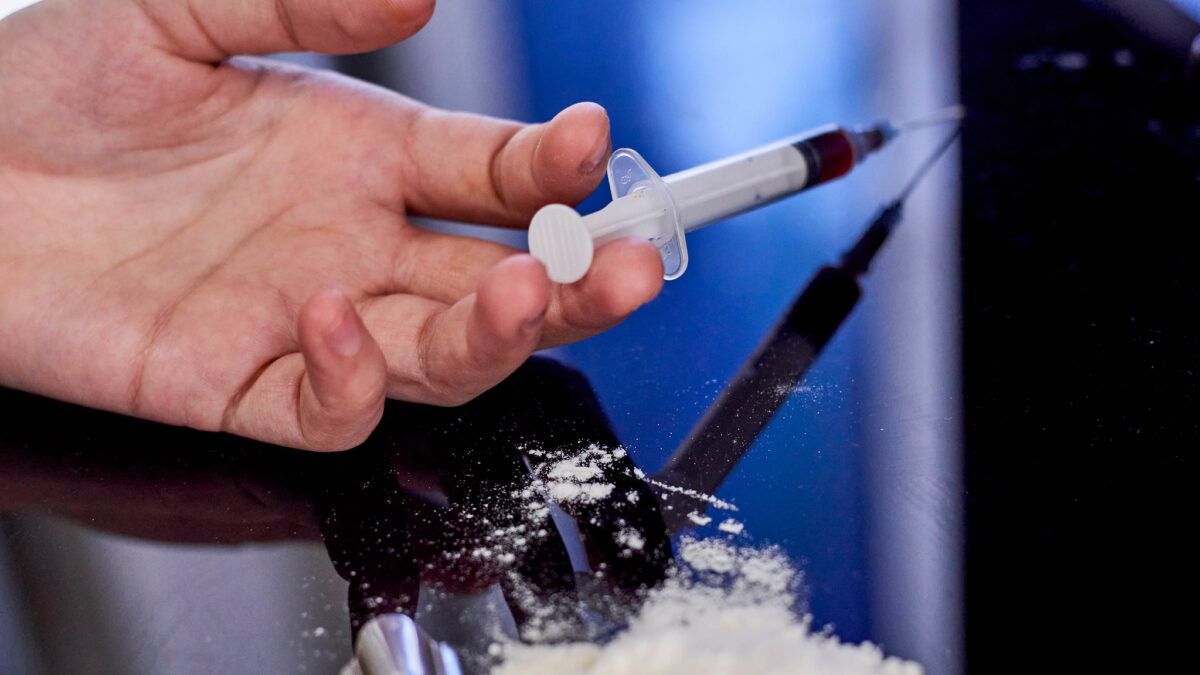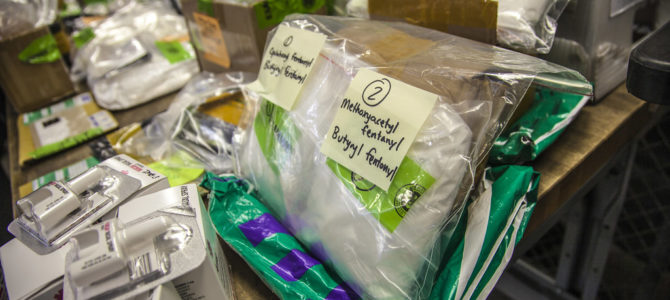
On a September afternoon, Allyssia Solorio wondered why her energetic young brother hadn’t emerged from his bedroom in their Sacramento, Calif., home. When she opened his door, she saw 23-year-old Mikael leaning back on his bed with his legs dangling over the side. She rushed to her brother and shook him, but to no avail.
He was dead. A counterfeit pharmaceutical pill laced with illicit fentanyl had killed him.
Mikael Tirado was one of an estimated 93,331 overdose fatalities in the United States last year – an all-time high. Nearly five times the murder rate, the deadly overdose toll was primarily caused by fentanyl, a highly lethal synthetic opioid. It’s manufactured mostly by Mexican cartels with ingredients imported from China, and then smuggled over the southwestern U.S. border. Fentanyl has been arriving in larger quantities each year since at least 2016.
The cartels are taking advantage of law enforcement weaknesses and policy failures to smuggle record amounts of the lethal drug into the United States, according to interviews with half a dozen current and former drug and immigration agents. While a lack of screening technology to find contraband at ports of entry and an inept U.S-Mexico campaign to cripple the cartels are longstanding issues, there’s also a new one: the flood of migrants across the border that the Biden administration has done little to stop.
Former law enforcement officials say the cartels are behind the surge, overwhelming the capacity of agents to pursue drug smugglers. They can freely enter Texas, New Mexico, Arizona, and California carrying fentanyl while agents are diverted to apprehending and processing migrants.
Frustrated border agents and their union have been calling on Congress to send reinforcements. But help is not on the way. The administration’s upcoming budget request doesn’t include funding for more Customs and Border Protection agents.
Instead, the administration is embracing a public health approach to the fentanyl crisis. It has proposed spending $11.2 billion – a huge increase over last year – to expand substance abuse prevention, treatment, and recovery services. But curbing opioid addiction is very challenging. Most substance abusers avoid treatment, according to researchers, and only about one-third of those receiving long-term medical care fully recover.
Cartels have turned to fentanyl because the super-potent powder is cheap to produce, making it more profitable than heroin, says Eric Triana, an assistant special agent in charge at the DEA division in New York. Fentanyl’s potency – at 50 times the strength of heroin – is what makes it so deadly. DEA analysis found that 40 percent of the seized pills had a potentially deadly dose.
“I saw the devastation that heroin brought to Baltimore as a young police officer,” Triana says. “But fentanyl is a more potent deadly threat. It’s frightening.”
Crime groups have gained complete control of the Mexican side of the 1,950-mile border, directing the flow of both migrants and drugs, says Victor Avila, a former supervisory special agent with Immigration and Customs Enforcement who specialized in human and narcotics trafficking. The smugglers make their way across tough terrain to one of hundreds of stash houses located near roads in the border region. The drugs are then placed in cars and driven through often unguarded checkpoints and across the country.
Rather than pursue these smugglers, many Border Patrol agents are handling the crush of migrants entering the U.S. In a statement to RealClearInvestigations, a CBP spokesperson pointed to increased drug busts as evidence of strong enforcement. But agents say more seizures actually indicates that more of the deadly drug is entering the country since they have only been capturing an estimated 10 to 15 percent of the total. More manpower would certainly help, but agents say that Mexico must start targeting cartel production labs to further cut the supply.
“Destroying the labs has to be a top priority because, without them, the cartels can’t continue to kill our kids,” says Derek Maltz, the former director of the Drug Enforcement Administration’s special operations division, which primarily targets cartels.
But President Andres Manuel Lopez Obrador ended Mexico’s military campaign against cartel leaders two years ago. The populist president is pushing an agenda to reduce poverty in the hope that it will curb the appeal of drug smuggling. Meanwhile, the cartels face little resistance.
“The cartels control Mexico. All of it,” says Avila, the former ICE agent who survived gunshot wounds in an ambush with a cartel. “They are running a parallel government.”
Vanda Felbab-Brown, a scholar focusing on nonstate armed actors at the Brookings Institution, has called on the administration to “get tough” with Mexico, urging it to use financial support as leverage to compel Mexico to target mid-level cartel operatives and their corrupt government protectors. But the State Department is taking a conciliatory position, essentially backing Lopez Obrador’s economic-development strategy in an agreement between the two countries announced in early October.
In the meantime, more fentanyl smuggled into the U.S. means more deaths. Triana, the DEA special agent, estimates that the number of overdose fatalities this year will either be on par with or exceed last year’s.
This article was adapted from a RealClearInvestigations article published Nov. 4.









